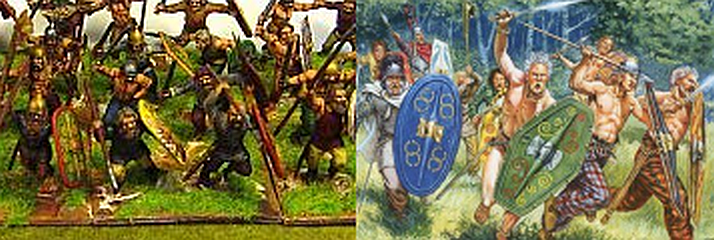How to organise figures into units on the table that represent their real counterparts in a believable and -more or less - accurate manner? This is a nutty problem.
 |
| How to represent a representation of a hypthetical model? |
Up to now I had used bases 60mm wide with 4 foot or 3 horse, a fairly common representation used for 25 or 28mm scales.
 |
| photo - wargameinnovations.co.uk |
There has also been a tendency to mount figures in 'groups' or 'blocks' to form arbitrary elements which avoid committment to specific scales.
 |
| photo from wargamemiscellany@blogspot |
I wanted to use some accurate representation but ended with an arbitrary grouping of 4 foot or 3 horse to stand for a 'company'. Two companies of musketeers and one of pikemen plus a command element gave me a battalion. Three companies of horse with a command element also gave me a squadron.
In this way a battalion can stand in line or column or square. A squadron in line or column.
 |
| ..or line.. |
There were several causes of dissatisfaction with this scheme.
1) The battalion appears as a pike block with sleeves of shot rather than a pike-reinforced musket line.
2) The pike base has no shot and the musketeer bases have no pikes.
3) The horse are rather dense, with a relatively short frontage.
4) If I wanted to incorporate shallow formations of shot there was little scope.
So, with nails bitten back, eyes red with poring over books and my remaining hair writhed out by frustrated fingers, I resolved to do something, anything to solve and remove this unbudging persistant irk.
 |
| ..only, with clothes on. |










